Huawei Freebuds Studio review: Huawei's first over-ear headphones
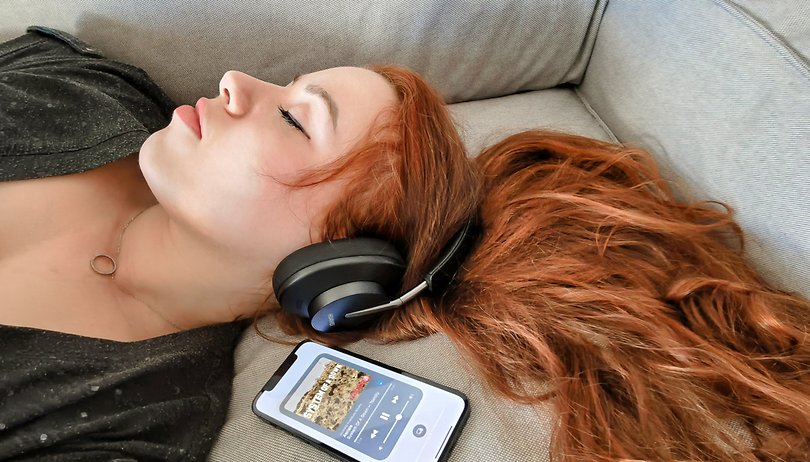

Huawei attempts to take on the likes of Bose, Sony, and Sennheiser and wants to mix up the market of leading over-the-ear headphones with the introduction of its FreeBuds Studio. But just how well will the new premium headphones that retail for a rather hefty £300 perform in everyday life? We tuned in to the Huawei FreeBuds Studio in this review to find out.
Good
- Great battery life
- Comfortable
- Reliable ANC
- Great sound reproduction
Bad
- Expensive
- No aptX audio codec support
- No iOS app
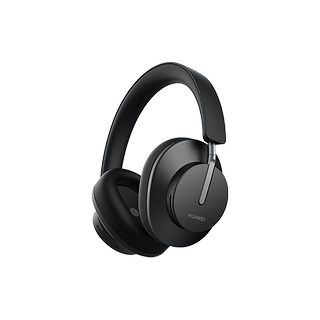
Huawei FreeBuds Studio release date and price
The FreeBuds Studio from Huawei costs a whopping £299.99. This places the company in the top-tier price bracket for this product range. A similarly high price tag can now be found on the Sony WH-1000XM3, Bose 700, or Sennheiser Momentum III, which cost around £399.99 when they were introduced.
You can pick up the Huawei FreeBuds Studio in gold or black from November 3rd onwards.
What I like about the Huawei FreeBuds Studio...
On the right, the deep bass melts right into my thoughts. Above it lies the electric guitar with strings that achieve magical highs. A little bit deeper in my head, I hear the violin crying out. Goosebumps appear all over my body, and then the drums announce the beginning of the track: "Life is a waterfall. We're one in a river and one after the fall. Life is a waterfall. We are one in a river and one after the fall." The Huawei FreeBuds Studio injects System of a Down's "Aerials" directly into my heart. Every instrument in this masterpiece is clearly audible; even the "steps" at the very beginning beneath the violin, which can only be heard on good headphones. Huawei uses dynamic 40 mm drivers that do their job well and provide a balanced, clean sound experience. At the same time, the bass does not penetrate too hard, and neither is it too aggressive while ensuring that it does not drown out the beautiful composition of studio tracks, as is the case with many other current headphones.
Battery life
It's my fourth day with the new Huawei headphones (as of November 6, 2020), I haven't even had to charge the battery of this pair of cans since the fateful day I took it out of the box, and my iPhone shows that it still has a quarter of the battery life left. At this point, the over-the-ear headphones - with active noise cancellation always turned on - have been used for team meetings, a night of election madness on CNN, and at least five hours of music enjoyment. I am thrilled with the amount of battery life that this pair carries, throwing a judgmental eye at my loyal companion, the Sony WH-1000XM3: Well, you simply can't compete with that. Huawei themselves touted battery life of up to 20 hours - I am optimistic that I will be able to confirm this figure in the coming days at the rate that I am going.

Wearing comfort
The wearing comfort of the Huawei FreeBuds Studio is as good as the balanced and not too bass-heavy sound. The headphones are padded on the top of the head and have very soft, fluffy pads on the earcups, which shield your ears well and are very comfortable to the touch. In fact, it is so comfortable that after a few seconds of wearing it, I forget that I am wearing any headphones at all - only the beautiful sound remains. If I were to draw a direct comparison to my Sony headphones, I noticed that even after a longer period of wearing them, my hairline does not hurt. But I did read up on other tests on the Internet, where a male tester described the exact opposite: a painful hairline and direct skin contact with the ears. I can't confirm both negative experiences; the Huawei FreeBuds Pro are the most comfortable over-the-ears that I've had the pleasure of reviewing in a long time.
ANC
Let's come to a very important point where Huawei has to convince in view of the price: active noise cancellation. Huawei has integrated the "Intelligent Dynamic Active Noise Cancellation" technology from the FreeBuds Pro which I've reviewed before into the over-the-ear model. This allows the headphones to automatically control the strength of the ANC based on the environment. Users of a Huawei smartphone or the App are able to set the ANC Mode manually. However, automatic control is switched on at the factory. I do not find this to be a problem, but a rather practical move. Especially in the home office environment, active noise suppression doesn't have to be turned on as strongly as when travelling on public transportation or when you are at the office with colleagues who are wildly typing away on their mechanical keyboards.
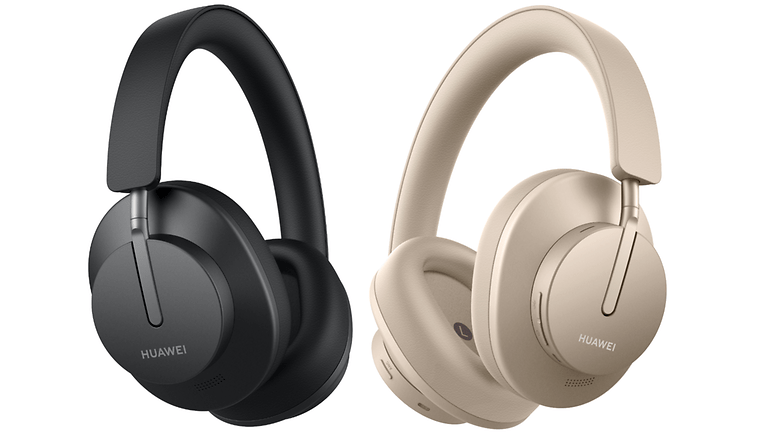
The active noise suppression filters out dull background noises such as keyboard typing and does not place pressure on the ear canal. When I listen to music at work, it is centred in my head above all noise, which is a great feeling. However, voices are almost not filtered out at all, which makes the integrated Awareness Mode, i.e. switching on amplifying microphones to perceive the surroundings, almost mandatory. But as I said, I have only tested out the headphones in a quiet environment and not in public. Here the Awareness Mode does prove to be rather useful in my situation. When at work, I did not notice the train passing by at all.
Wearer recognition
What also worked extremely well in my review is the automatic wearer recognition. The headphones stop music playback when I take them off and continue playing as soon as I put them back on. After about ten minutes, the headphones also switch off automatically - so there's no nasty surprise the next morning when you pick up a pair of dead headphones if you forgot to switch it off after work the day before.
What I don't like about the Huawei FreeBuds Studio...
No aptX
The FreeBuds Studio comes with current Bluetooth 5.2 connectivity and offers the AAC, SBC and L2HC audio codec support. An aptX standard is unfortunately missing. But the transfer rate of Huawei's L2HC is higher than the one on aptX - of course, you will only benefit from this if you use a Huawei smartphone with EMUI 11, which would currently translate to the Mate 40 Pro.
No app for iOS
Apart from the lack of support for Huawei's Audio Codec, as an Apple user, I also miss out on the Huawei AI Life App on the iPhone. What is so bad about that, you ask? For instance, I use it on the Mate 40 Pro to update the software of the headphones and manually determine the strength of the ANC. I already mentioned during the FreeBuds Pro review that there should be an iOS app, and I continue to maintain my stand here. Unfortunately, I still can't find it in the App Store.
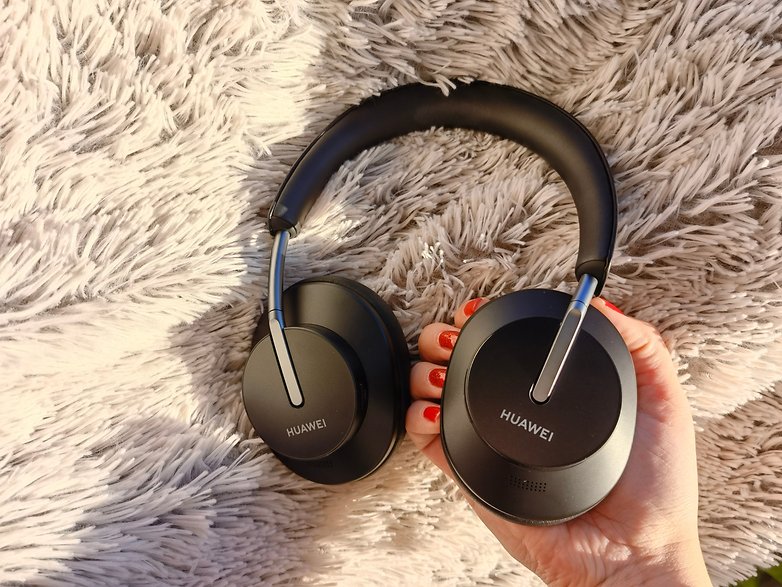
Final verdict
With the Huawei FreeBuds Studio, the Chinese company makes an elegant entry into the market for high-end over-the-ear headphones equipped with ANC. The battery life is superior to my older Sony WH-1000XM3. And if the battery runs dry, the headphones can be quickly recharged in a jiffy. My ears do not touch the inside of the padded earcup; at the same time, the padding is so soft that after a few minutes I no longer feel that the excellent sound in my head is coming from a pair of headphones.
The active noise cancellation feature works reliably. Users of Android smartphones can update the headphones and set the ANC manually. iPhone users will get nothing here, which is a pity. But it is good that there is an ANC button located directly on the left earcup. Also, the touch control works intuitively and exactly the same as with my Sony headphones. All in all, you get a very good pair of headphones for the money paid with outstanding battery life. Bravo, Huawei! This is a great entry into the over-the-ear market.
You might also find these interesting on NextPit:
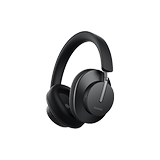












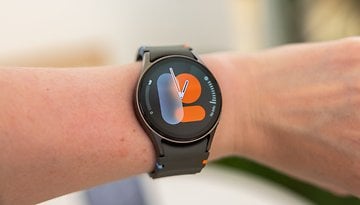

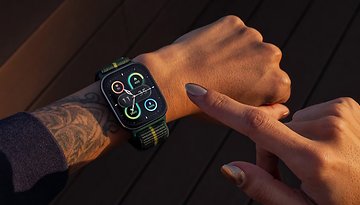





It is expensive but no compromise in the quality..